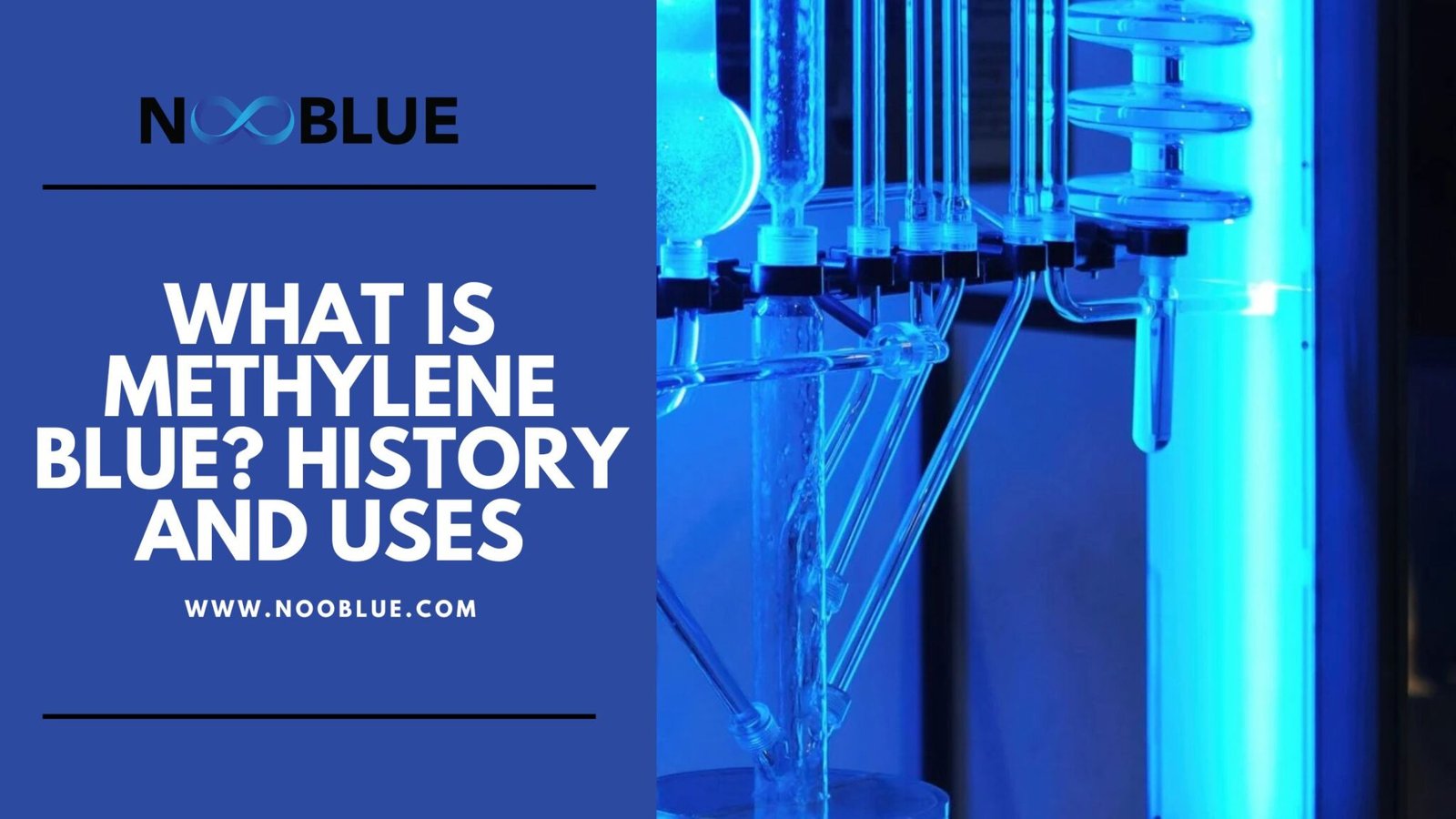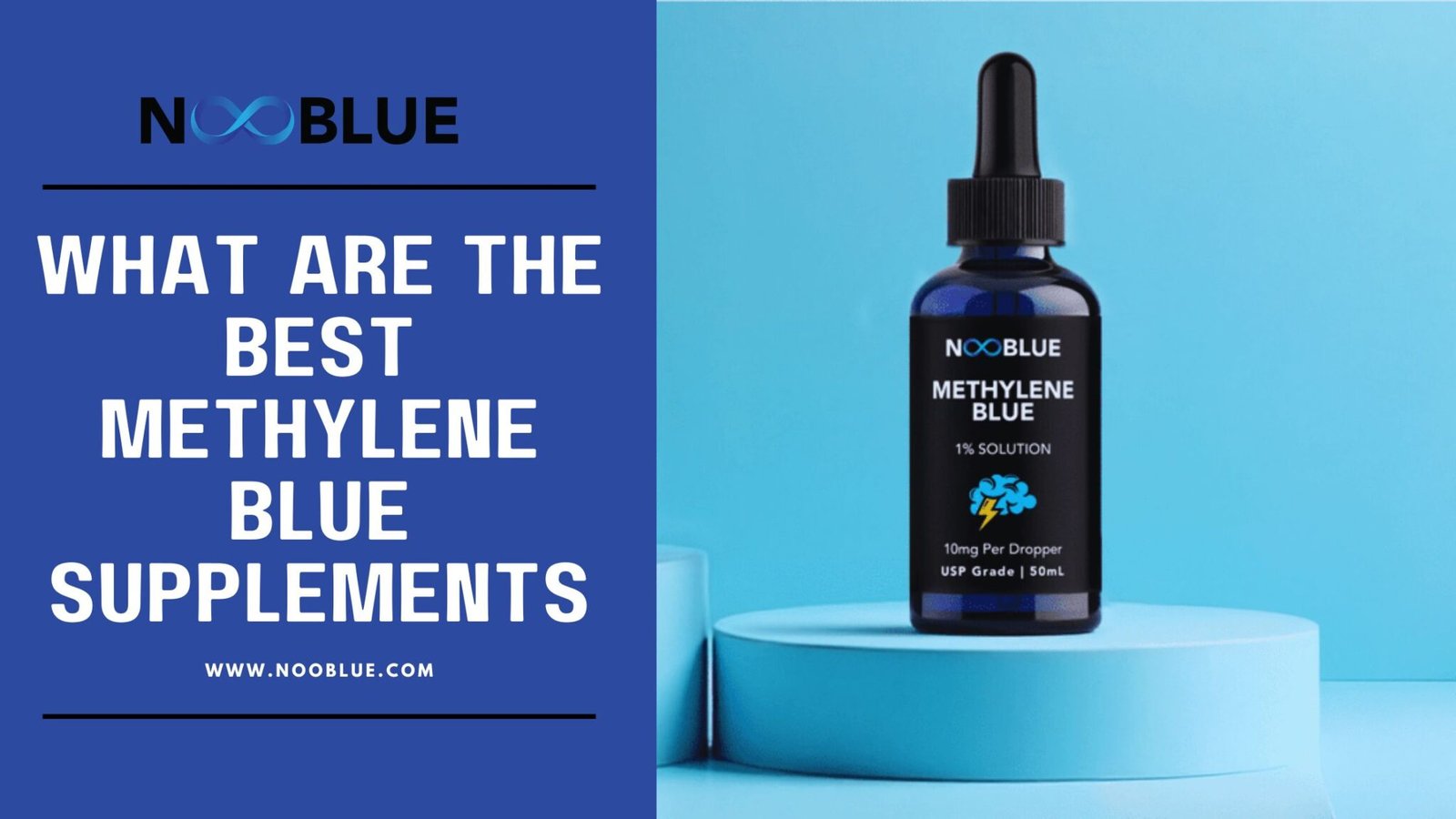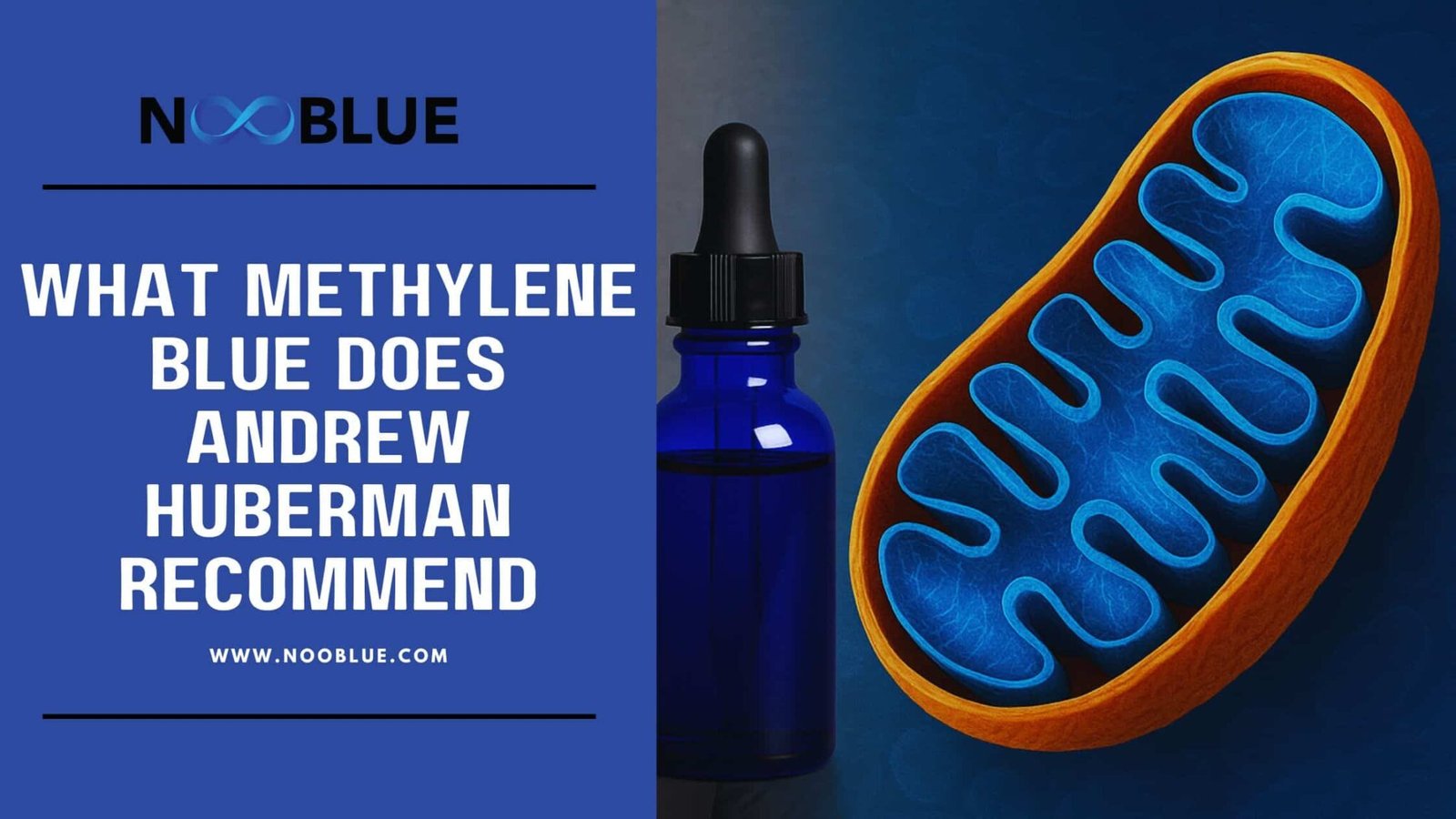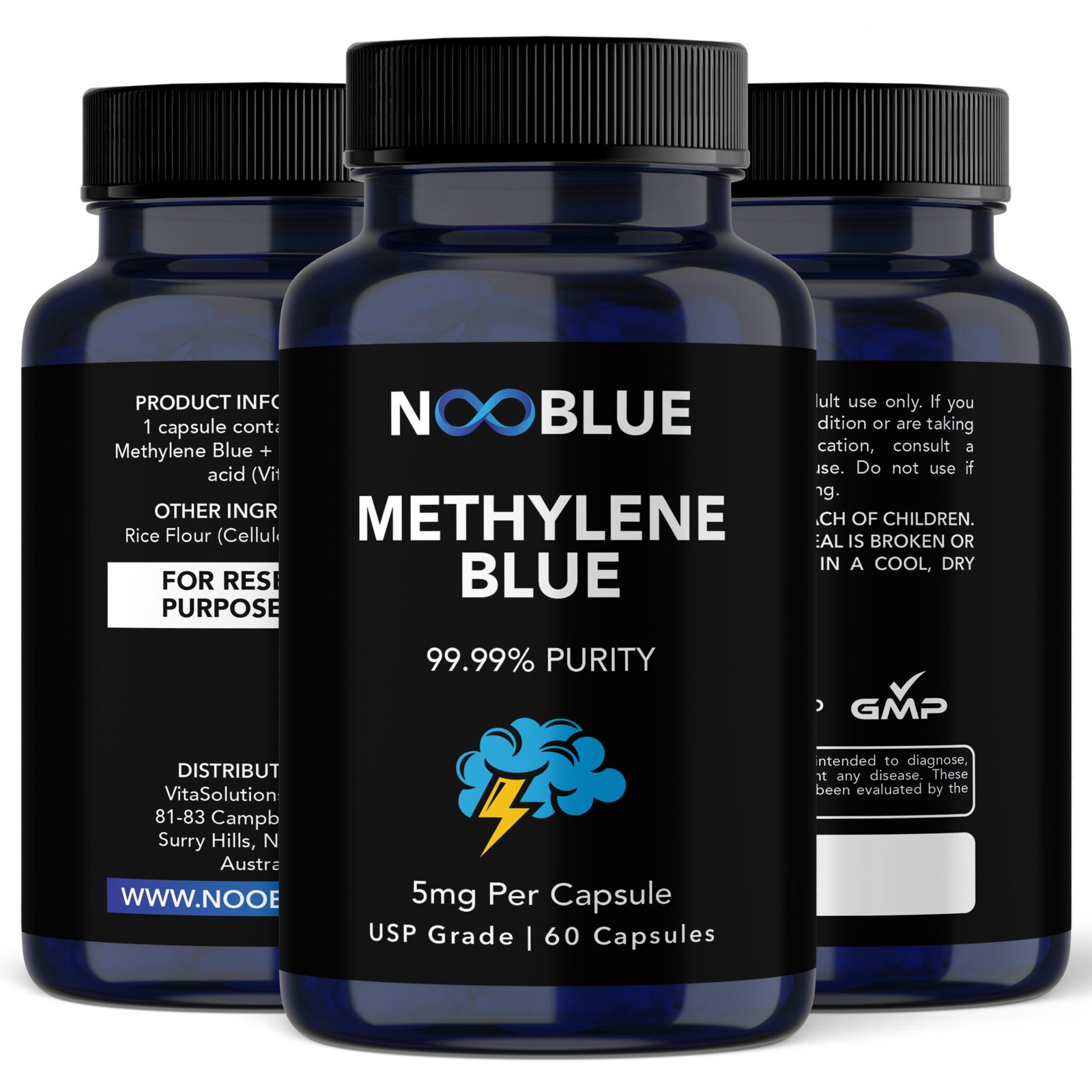Methylene Blue is a synthetic dye and medicine used to treat blood disorders, aid surgeries, and studied today for brain and antimicrobial health.
From treating malaria in the 19th century to supporting mitochondrial health in today’s research, Methylene Blue bridges the gap between traditional medicine and modern scientific innovation.
History of Methylene Blue You Should Know
Methylene Blue was first synthesized in 1876 by German chemist Heinrich Caro, a pioneer in synthetic dyes. While initially created for textile industries, it quickly attracted scientific interest due to its unique chemical properties.
In the late 19th century, Nobel Prize-winning scientist Paul Ehrlich used Methylene Blue as one of the first synthetic drugs to treat malaria. This marked a turning point in pharmacology, proving that chemical compounds could be designed and repurposed for therapeutic use.
Ehrlich also discovered its staining ability, which helped visualize microorganisms under the microscope, laying the foundation for modern histology and microbiology.
Traditional Medical and Scientific Uses
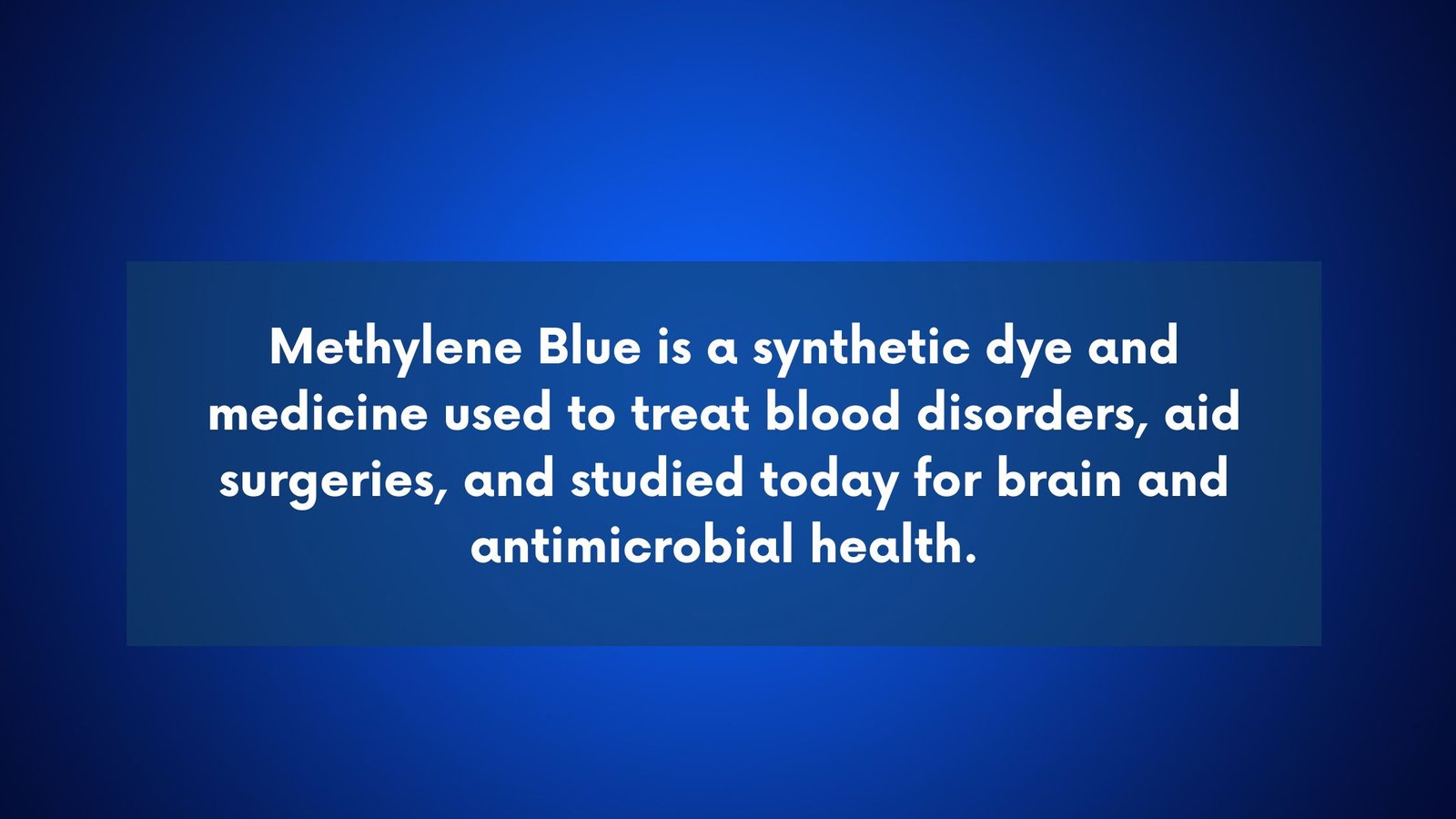
Methylene Blue has been used since the 19th century to treat malaria, blood disorders, and later as a surgical dye, psychiatric aid, and neurological research tool.
1. Microbiology and Cell Staining
Methylene Blue is still widely used to stain bacteria and blood cells, enhancing visibility under the microscope.
2. Treatment for Methemoglobinemia
Methylene Blue is the first-line antidote for severe methemoglobinemia, as recommended in global medical guidelines.
3. Malaria Therapy
While newer drugs replaced it, Methylene Blue remains of interest. Research has confirmed its efficacy when combined with modern antimalarials.
4. Diagnostic and Surgical Uses
Surgeons use it to trace urinary leaks, identify lymph nodes, and highlight anatomical pathways.
5. Antimicrobial Effects
Methylene Blue shows antimicrobial action, especially when activated by light, making it valuable in infection control.
Modern Applications of Methylene Blue
| Application Area |
How It’s Used |
Supporting Research |
| Brain & Nervous System |
Enhances mitochondrial function, reduces oxidative stress, improves cognition. |
Rojas et al., 2012 (Neurotherapeutics) |
| Photodynamic Therapy (PDT) |
Generates reactive oxygen under light to destroy cancer cells & microbes. |
Allison & Moghissi, 2013 (Photodiagnosis & PDT) |
| Mental Health |
Investigated as an adjunct in mood disorders and anxiety. |
Naylor et al., 1986 (Biological Psychiatry) |
| Anti-Aging & Longevity |
Protects mitochondria, reduces cellular damage, promotes skin rejuvenation. |
Xiong et al., 2017 (Scientific Reports) |
| Surgical & Imaging |
Used as a dye to highlight tissues, lymph nodes, and urinary tract pathways. |
De Lima et al., 2019 (Surgical Innovation) |

